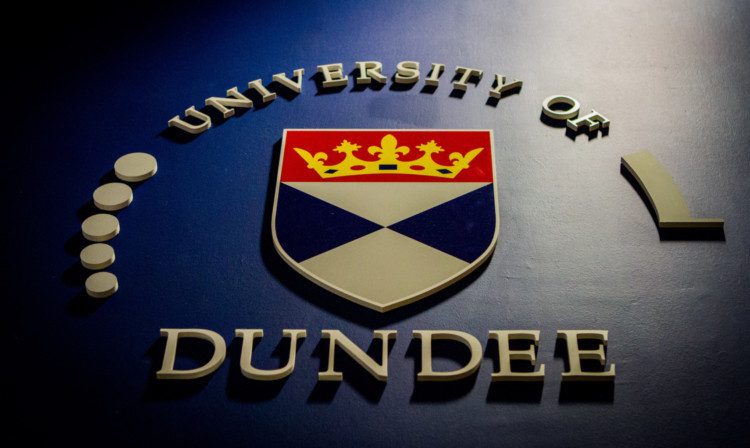Tractor beams have long been regarded as being confined to the realms of science fiction, plausible only in the dreamt-up worlds of films such as Star Trek and Star Wars.
However, now a team of physicists at Dundee University have turned science fiction into science fact by creating the first functioning acoustic tractor beam.
Working in collaboration with colleagues at Southampton University and Illinois Wesleyan University, the Dundee researchers used energy from an ultrasound array to exert force behind an object and pull it towards the energy source.
Dr Christine Demore, of the Institute for Medical Science and Technology at Dundee, said: “This is the first time anyone has demonstrated a working acoustic tractor beam and the first time such a beam has been used to move anything bigger than microscopic targets.”
The technology is bound to catch the interest of sci-fi buffs, but Dr Demore said it has significant potential to further develop clinical procedures.
“Our research could lead to big advances in the application of ultrasound-based techniques in sectors such as healthcare,” she added.
The researchers, together with Dr Gabe Spalding at Illinois Wesleyan University, have previously demonstrated that another piece of sci-fi technology, Doctor Who’s sonic screwdriver, could be created using a similar ultrasound array.
The team’s work was carried out as part of a £3.6 million programme combining expertise at four UK universities Dundee, Glasgow, Southampton and Bristol and a range of industrial partners.
